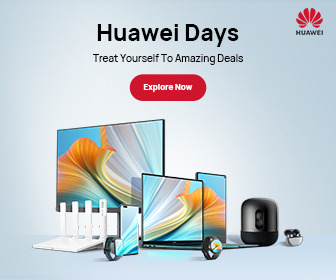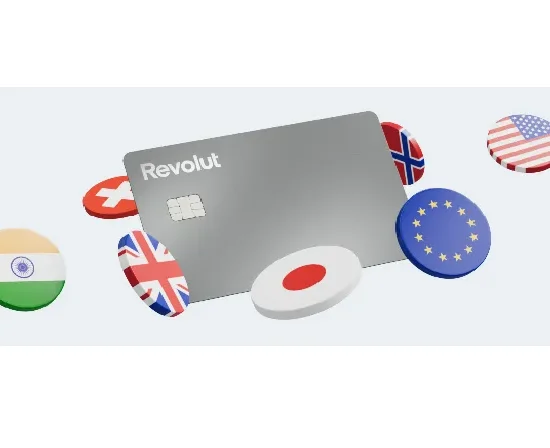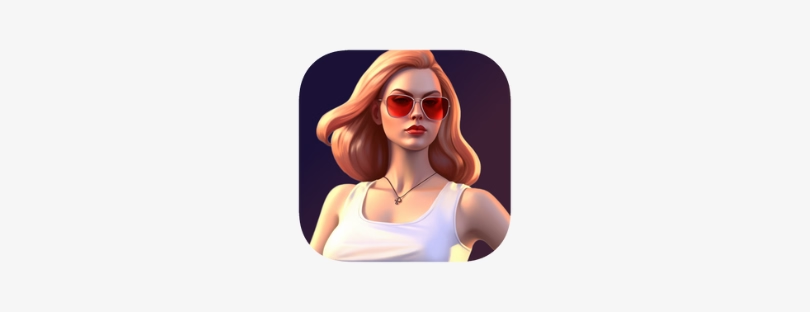
How the Boom in Video Communications, UGC and Live Streaming Brings Monetization Opportunities for Mobile Operators
Attention and hype surrounding the next generation of mobile networks, whether that has been the move from 3G to 4G, or 4G to 5G, has focused on faster network speeds to enable increasingly immersive forms of content. It wasn’t until the shift from 3G networks to 4G networks that we witnessed significant improvements in the video streaming experience for end-users. 5G is here now and promises to support not just UHD video but also 360 video, cloud gaming, and rich AR and VR content delivery. Find out about monetization opportunities for mobile operators below.
However, while many of these immersive new services are embryonic and will take time to take off, demand for popular interactive apps and services, like video conferencing, social media, and mobile live streaming, which generate large volumes of uplink data traffic is already rising and having an impact on the profile of traffic on networks. For example, according to Strategy Analytics’ AppOptix telemetry panel, since 2019 the share of data traffic uploaded by the average smartphone users has grown steadily from around a fifth of downloaded data traffic in 2019 to a quarter of downloaded traffic so far in 2021.
Ratio of Uplink Data Traffic to Downlink Data Traffic: 2019-2021
Pandemic Drives Demand for Mobile Video Conferencing, UGC and Mobile Live Streaming
The novel coronavirus pandemic has helped to catalyze both supply and demand for video services. Large brands through to individuals have embraced video conferencing and video calling. Short video UGC content platforms such as TikTok have boomed, and live streaming has also grown.
- Video communications: Lockdowns and stay-at-home orders due to the COVID-19 pandemic has catalyzed strong demand for video conferencing services like Zoom and Microsoft Teams across a broad range of use-cases. Zoom reported the number of daily meeting participants exploded from 10 million at the end of 2019 to over 300 million by April 2020, while Microsoft Teams, which also enables video conferencing reported 250 million monthly active users in July 2021, up from 145 million daily active users in April 2021. To facilitate business continuity many businesses adopted video conferencing tools like Zoom to enable face-to-face meetings virtually while employees worked remotely. These platforms have been embraced by education providers, including a vast array of clubs and societies, to enable students and members to continue participation. Consumers have also embraced these video conferencing tools to stay connected with family and friends. Furthermore, the use of video communications is not just confined to the fixed locations of the workplace and home via fixed broadband, but now a truly mobile experience thanks to the pervasiveness of mobile broadband. Our analysis shows that for apps like Zoom and Teams around 25% of traffic is generated over the cellular connection. Furthermore, video communications generate more symmetric traffic, unlike video streaming. E.g. we see a lower ratio between downlink and uplink traffic of about 33% for uplink. This means that excellent upload and download capabilities are vital for supporting users’ mobile video communication experiences.
- UGC Video: UGC social media app TikTok also exploded in popularity during the pandemic. TikTok’s short video format and easy to use video creation tools has spurred users to get creative. The viral nature of user-generated content posted to mobile centric application TikTok does not just encourage users to watch more video, but also inspires users to create and upload their own content to the application to become creators.
This is apparent by its data traffic profile. So far during 2021 the average US smartphone TikTok user in Strategy Analytics’ AppOptix panel transmitted an impressive 8.5 GB of data traffic per month versus 15.1 GB of data streamed from the network. TikTok’s success has encouraged rival social media companies like Facebook to replicate popular TikTok features by launching Instagram Reels.
- Mobile live streaming: Live streaming is proving to be a powerful and effective medium for professional and amateur content creators across a range of categories (including games, animation, music, fashion, lifestyle, technology and more) to engage and monetize their followers. Twitch, which is a gaming-centric livestream platform owned by Amazon has grown the number of live streaming broadcasters from just over 2 million in February 2018 to over 7 million today. Live streaming app Bilibili has stated that the number of video submissions it received grew from 2.6 million in 2019 to 5.6 million in 2020. More recently, popular social networks like Twitter, Facebook, Instagram, and LinkedIn have integrated live streaming capability into their apps, which has effectively democratized live streaming. Anyone with a smartphone and social media account can now start producing and streaming content to their followers without the need for specialist tools or equipment. Furthermore, both Facebook and YouTube have launched gaming-specific live streaming services, Facebook Gaming and YouTube Gaming, to attack Twitch’s dominance.
This rising use of applications that generate large volumes of uplink and downlink traffic over mobile networks could be monetised by mobile operators in a similar way to which they already monetize and bundle access to OTT subscription VOD and subscription music services, like Disney+ and Spotify. Subscription OTT content bundled into tariffs typically yield an increase in revenue for the operator by attracting users to higher priced tariffs on which these premium services are bundled. Operators can also take a share of the OTT service subscription revenue for billing for the service on behalf of the OTT provider. Some mobile operators have already launched specific tariffs for heavy uplink and downlink traffic applications. For example, Vodafone Turkey is offering unlimited weekly and monthly TikTok plans for prepaid and postpaid users (called, Sinirsiz TikTok Paketleri), specifically for TikTok use.
More broadly, operators could also consider differentiating and monetizing 5G price plans that deliver greater upload speeds and performance. Currently, many operators focus on download speeds in their 5G tariff marketing, while data uplink capability and benefits are less well highlighted, as demonstrated by T-Mobile Austria. Sometimes, as shown by Sunrise, uplink can be found only after the consumer clicks for further “details”.
However, there is evidence that some operators, like Verizon, have already recognized uplink as an opportunity to deliver additional value to users. Verizon has noted end-user demand for uplink bandwidth and has been deploying 5G uploads as it expands its 5G Ultra-Wideband network. Indeed, leading vendors have been working on the enhanced uplink solution to meet the growing demand. One such example is China Unicom and Huawei’s deployment, which claims to deliver a 10%-40% improvement in the overall uplink rate, with an impressive 3X boost for users on the cell edge.
The opportunity to monetize uplink will only increase as 5G penetration grows. In a nationally representative survey of consumers in the UK and China, conducted in Q2 2021, we saw significantly higher numbers of 5G users posting photos and video to social media (60% of 5G users vs 33% of 4G users in the UK, and 70% of 5G users vs. 57% of 4G users in China), and also uploading video to online sites or the cloud (50% of 5G users vs 19% of 4G users in the UK, and 59% of 5G users vs. 40% of 4G users in China. Therefore, being able to efficiently handle the rising use of uplink data traffic over 5G is increasingly important for mobile operators to keep its most valued users satisfied and grow their revenues. Monetization Opportunities for Mobile Operators











